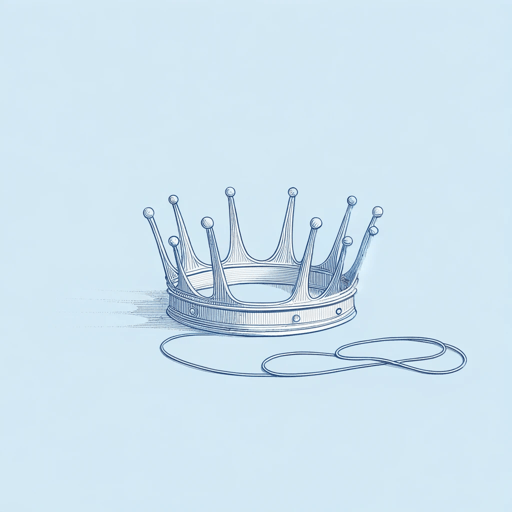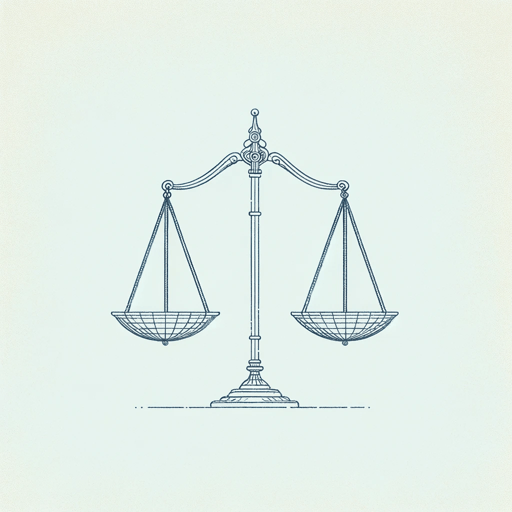18 pages • 36 minutes read
William ShakespeareSonnet 116
Fiction | Poem | Adult | Published in 1609A modern alternative to SparkNotes and CliffsNotes, SuperSummary offers high-quality Study Guides with detailed chapter summaries and analysis of major themes, characters, and more.
Summary and Study Guide
Overview
William Shakespeare wrote “Sonnet 116” between 1592 and 1609, the years during which he composed his 154 sonnets. This lyric poem was published in 1609 by Thomas Thorpe in a manuscript dedicated to “Mr. W.H.,” a man who remains unidentified. This is an English, or Shakespearean, sonnet, from the Elizabethan Era of English literature, which encompasses the reign of Queen Elizabeth I in England. No one knows the precise date that Shakespeare wrote this or any of the sonnets, as the numerical order of the sonnets is not chronological, but scholars believe that he wrote most of the sonnets between 1593-1596.
“Sonnet 116” is a meditation on the enduring nature of love, addressed to the same young man who is the audience for the majority of his sonnets. Love is conceived of as a spiritual and emotional union of kindred souls that remains constant. The transcendent love that Shakespeare is describing does not wither or decay but persists despite life’s challenges. Even time’s cruel march is no match for the powerful nature of this love’s force. This sonnet argues that true love is immortal, persisting even after the lover and the beloved themselves have succumbed to death.
Poet Biography
William Shakespeare is widely acknowledged as the greatest playwright and poet in the English language. He is most famous for his 37 plays, including the well-known plays Romeo and Juliet, Hamlet, A Midsummer Night’s Dream, and Macbeth, but he first became famous as a poet with his narrative poems Venus and Adonis and The Rape of Lucrece.
He was born in Stratford-upon-Avon, England. His exact date of birth is unknown, but his birth date is generally inferred to be April 23rd, 1564. His father, John, was a local politician and his mother, Mary Arden, was the daughter of a yeoman farmer. He was the eldest of six children in a middle-class family and attended grammar school in Stratford, where he studied Latin and read the works of Ovid, Terence, and Plautus. In 1582, at the age of 18, he married Anne Hathaway, a woman eight years his senior. They had three children: the eldest, Susanna, followed by twins, Hamnet and Judith. By 1592, he was thoroughly enmeshed in the London theater scene as an actor and playwright. Richard Field, a former Stratford neighbor, published Shakespeare’s first poem, Venus and Adonis, in 1593.
His total canon includes 37 plays, three narrative poems, and 154 sonnets. He died in Stratford on April 23rd, 1616 at the age of 52. In 1623, his plays were published in a collection known as the Folio. In poems published as a preface to the collection, Ben Jonson, a friend and rival playwright, wrote an ode to Shakespeare proclaiming that “he was not of an age, but for all time!”
Poem Text
Let me not to the marriage of true minds
Admit impediments. Love is not love
Which alters when it alteration finds,
Or bends with the remover to remove.
O no! it is an ever-fixed mark
That looks on tempests and is never shaken;
It is the star to every wand’ring bark,
Whose worth’s unknown, although his height be taken.
Love’s not Time’s fool, though rosy lips and cheeks
Within his bending sickle’s compass come;
Love alters not with his brief hours and weeks,
But bears it out even to the edge of doom.
If this be error and upon me prov’d,
I never writ, nor no man ever lov’d.
Shakespeare, William. “Sonnet 116.” 1592-1609. Poetry Foundation.
Summary
In the first quatrain of the poem, the speaker establishes love a union between “true minds” (Line 1) rather than between bodies. The poet’s initial statement introduces two references to marriage, but it becomes clear that the love being described is not primarily romantic or sexual love. The poet states that true love is not deterred by any obstacles or “impediments” (Line 2), and there is no sufficient justification for those who are in love to be separated. The poet defines love: it is not variable, it does not transform as the beloved transforms, and it does not disappear when the loved one disappears (Lines 2-3). Instead, this love is accepting and steady; it does not withdraw or “bend” (Line 4) as outside circumstances change.
In line 5, the beginning of the second quatrain, love is described as a “mark” (Line 5), or a sea mark that is visible even through the worst of conditions, “never shaken” (Line 6) by any “tempest” (Line 6), or storm. Love is then compared to a bright and fixed star that guides lost ships (Line 7). The speaker then brings the question of measurement to bear on how love can be evaluated or judged by mentioning the star’s “height” (Line 8), or altitude in the sky. The response is that true love does not have a quantifiable value: it is immeasurable. The poet asserts that love’s value is incalculable, or “unknown” (Line 8), meaning that its worth is beyond measure, just like a star’s worth cannot be measured by its height.
In the third quatrain beginning on line 9, love is in conflict with time. Though the lover’s beauty in the form of “rosy lips and cheeks” will dim and eventually disappear due to aging and death, love does not wither or dim because it is not the “fool” (Line 9), or plaything, of time. However, the poet asserts that love does not change even though “doom” (Line 12) threatens to destroy its beauty and vitality. True love can endure even past the destruction of the lovers, beyond life’s end.
The final couplet resolves the question of love’s definition and worth on a note of complete confidence. The speaker returns to the idea of truth and falsehood that was introduced in the first line of the poem, mentioning “error” (Line 13), but rather than exploring the truth of love in an impersonal sense, the poet themselves enters the picture by daring anyone to prove them wrong: “upon me prov’d” (Line 13). The poet swears on their own writing, “I never writ” (Line 14), stating that if this idealized vision of the everlasting union of soulmates is not real, they have never written, and no one has ever loved.
Related Titles
By William Shakespeare

All's Well That Ends Well
William Shakespeare

A Midsummer Night's Dream
William Shakespeare

Antony and Cleopatra
William Shakespeare

As You Like It
William Shakespeare

Coriolanus
William Shakespeare

Cymbeline
William Shakespeare

Hamlet
William Shakespeare

Henry IV, Part 1
William Shakespeare

Henry IV, Part 2
William Shakespeare

Henry V
William Shakespeare

Henry VIII
William Shakespeare

Henry VI, Part 1
William Shakespeare

Henry VI, Part 3
William Shakespeare

Julius Caesar
William Shakespeare

King John
William Shakespeare

King Lear
William Shakespeare

Love's Labour's Lost
William Shakespeare

Macbeth
William Shakespeare

Measure For Measure
William Shakespeare

Much Ado About Nothing
William Shakespeare

